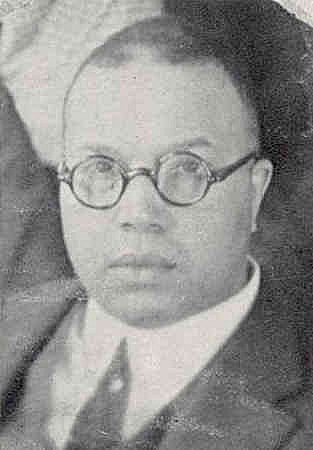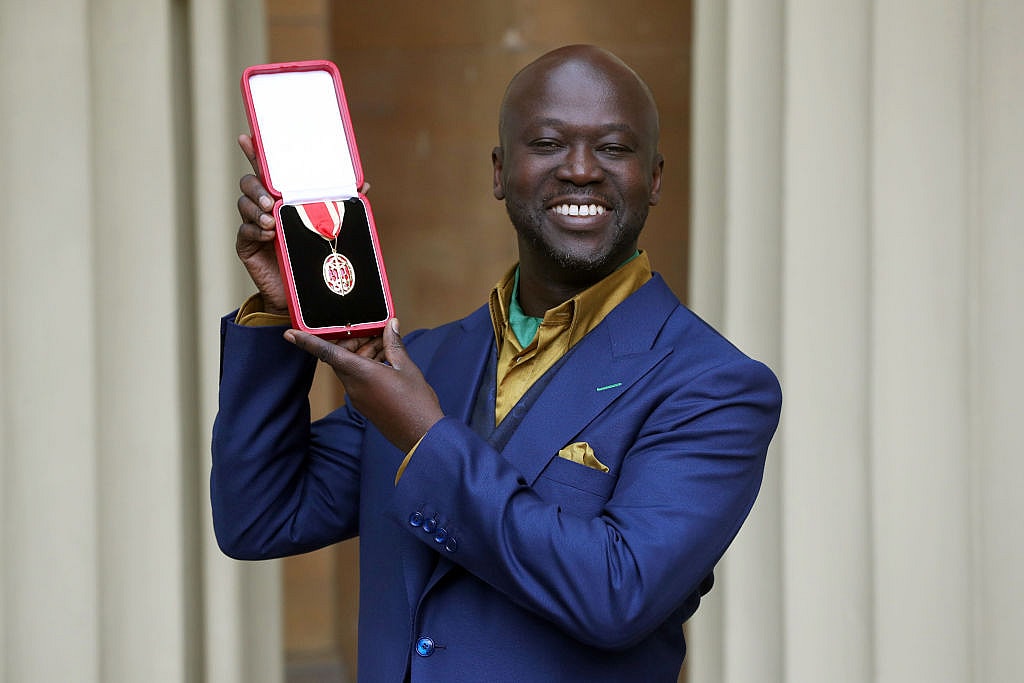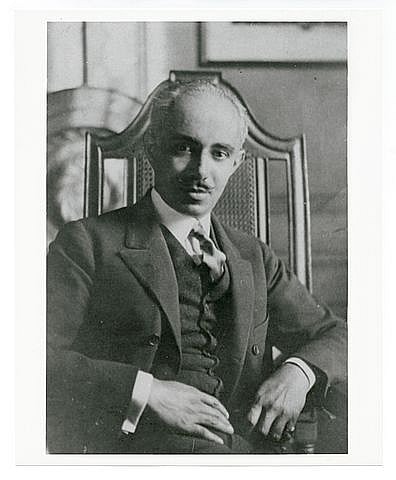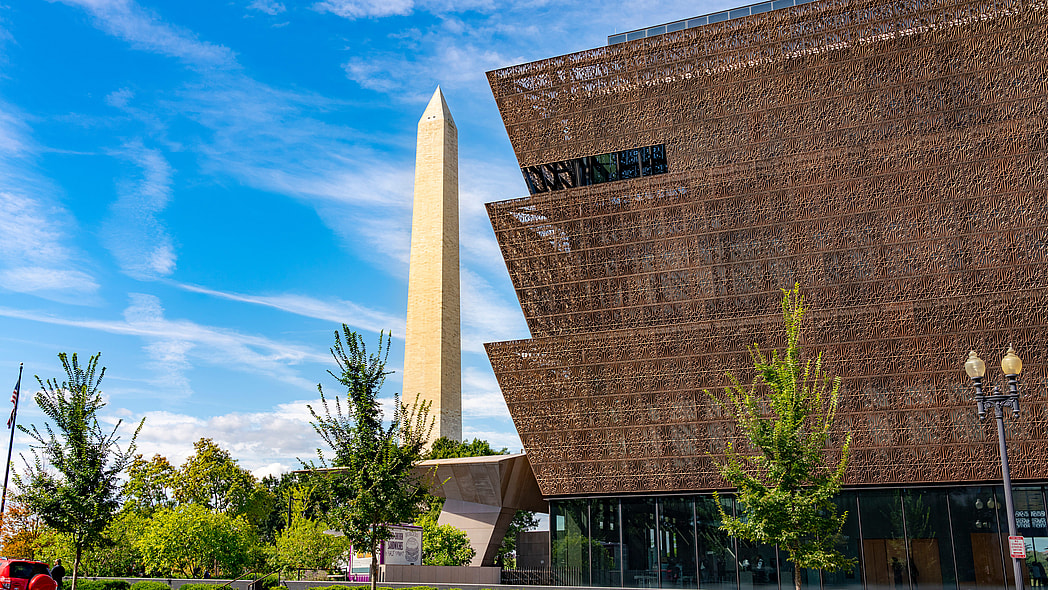Of the 121,603 licensed architects in the United States, only 2,492 (2%) are Black. But that doesn’t mean they’re not making a huge impact on urban design.
Black architects have been innovators in the industry since the late 19th century. Early pioneers were instrumental in building hotels, churches, universities and government buildings that still stand to this day. They paved the way for the incredible designs African American architects are creating in current times.
Join us as we explore the lives of famous Black architects of the past and the present, as well as some impactful projects that are shaping the future of urban design.
Pioneering architects of the late 19th and early 20th centuries
It’s important for us to start with the foundation of architecture before we look at some of today’s exciting talents. Some of the forerunners of architecture were able to make significant achievements even with the limited resources available at the turn of the 20th century. These brilliant minds didn’t just set the tone for African American architecture. They set the tone for the industry as a whole. Let’s take a look at some of the pioneers who molded the foundation of urban design:
Robert Robinson Taylor

As one of the most notable architects of the late 19th century, Robert Robinson Taylor was also the first African American student to graduate from the Massachusetts Institute of Technology (MIT) in 1892. He was a first-generation free African American born of a father who went on to be a successful merchant and builder after abolition.
With his father’s influence, Taylor had a solid foundation for the world of construction and design. He excelled in the architecture program at MIT, where he received praise for his innovative designs. He even caught the attention of Booker T. Washington, and he joined the Tuskegee Institute as its first instructor of architecture.
Taylor taught at the institute and designed many of its most iconic buildings, including Thrasher Hall, Tuskegee Chapel and many of its residential and industrial buildings. He also had a hand in extracurricular activities at Tuskegee. He oversaw comprehensive vocational training that helped integrate architecture with blue-collar skills to help students be multifaceted in the world of construction and design.
Taylor shaped the landscape of Tuskegee in a physical sense as well as the broader narrative of African American achievement in education.
Paul Revere Williams

Dubbed “the Michael Jordan of African American architects,” Paul Revere Williams created what most people think of as “upscale Los Angeles architecture.” Born and raised in Los Angeles in 1894, he became a trailblazer on the scene despite the many racial barriers he faced.
Williams excelled in his coursework in architectural engineering at the University of Southern California. Afterward, he was the first African American architect to become certified in California. Williams went on to be the first African American member of the American Institute of Architects (AIA) and the first to become a Fellow of the AIA (FAIA), a prestigious designation of the institute.
His elegant and sophisticated designs were well-received by the elites of Hollywood. The luxurious homes he built are works of art in themselves, highly coveted real estate in a market full of luxury. But he didn’t just design homes. Williams was the brains behind designs for the Beverly Hills Hotel, Los Angeles International Airport and many other incredible structures standing in Los Angeles today.
Posthumously, Williams received the highest honor for architects who have an indelible impact on architecture, the AIA Gold Medal in 2017. This solidified him as a GOAT (Greatest Of All Time), and his prowess in design continues to be the foundation for modern architecture.
Vertner Woodson Tandy

Another trailblazing African American architect who changed the industry forever is Vertner Woodson Tandy. He was born in 1885 in Lexington, Kentucky, and made significant strides in his studies at Cornell University and the Tuskegee Institute despite the racial prejudices of the time. He even founded the Alpha Phi Alpha fraternity and designed their pin.
Tandy’s decorated career went on for decades, including being a co-founder of the architectural firm Tandy and Foster based in New York City. His design of the St. Phillip’s Episcopal Church in Harlem is what really put him on the map in 1911. The church continues to be a landmark in New York to this day. Tandy also designed beautiful estates for the likes of Madam C.J. Walker and others.
Tandy was the first African American to pass the military commissioning examination. He then went on the serve as a First Lieutenant in the New York State National Guard. His legacy permeates the world of architecture, and his contributions continue to help Black architects break down racial barriers in the field.
Modern-day architects making history today
Many of today’s architects build upon the rich legacy of those we spoke of above. Their groundbreaking work laid the foundation for incredible advancements in urban design by building innovation with cultural awareness.
Let’s discover some architects of the contemporary world who are pushing the boundaries of architectural aesthetics while addressing social and community needs through their work:
Joi Wood

An emerging architect from Charlotte, North Carolina, is Joi Wood. Born from a mother who is an electrical engineer, the Howard University senior was motivated by her mother’s passion for science, technology, engineering and mathematics (S.T.E.M.). However, Wood was not particularly interested in going down that career path at first.
Being more of an artist herself, she developed a passion for architecture. Upon learning that architecture was a part of S.T.E.M., Wood discovered that this was the perfect path for her to follow in her mother’s footsteps. Her dedication earned her the 2023 Gensler Rising Black Designer scholarship.
As a promising graduate of Howard University, Wood is setting her sights on developing sustainable architecture for underserved communities. This reflects Howard’s emphasis on community-based projects. In an industry where less than 0.5% of licensed architects are Black women, she is poised to be a large influence in the future of urban design, and we are excited to watch her bright future unfold.
Sekou Cooke
A prominent figure in the world of architecture, Sekou Cooke is renowned for his innovative approach that integrates hip-hop culture into architectural design. Born in Jamaica, Cooke decided to pursue education in the United States, earning a Bachelor’s degree in architecture from Cornell University. He then went on to earn a Master of Architecture degree from Harvard.
Cooke’s concept of Hip-Hop Architecture is a unique blend of cultural expression and architectural principles. His early exposure to hip-hop culture and his experiences at Cornell, where he witnessed the pioneering thesis of Nate Williams, were the catalysts for his designs.
Cooke’s forward-thinking focus on community empowerment aims to involve neighborhoods in the design process, as well as elevate their influence in shaping their environments. His design for the Syracuse Hip-Hop Headquarters, including various community-based initiatives, reflects his commitment to integrating cultural narratives into the physical environment. Cooke even received a nod from Nasir Jones (Nas) himself.
Cooke is now based in Charlotte, North Carolina, where he serves as the Director of the Urban Design program at the University of North Carolina at Charlotte.
David Adjaye

As a renowned architect whose innovative designs are a reflection of his commitment to cultural engagement, David Adjaye has made significant impacts globally. Born in Dar es Salaam, Tanzania, in 1966, Adjaye moved to the United Kingdom as a teenager. He earned a Bachelor of Architecture from London South Bank University as well as a Master’s in Architecture from the Royal College of Art.
Cultural sensitivity combined with an innovative use of materials characterizes the work of Adjaye. His notable projects include the Smithsonian National Museum of African American History and Culture in Washington, D.C. It features a distinctive bronze-colored metal lattice façade inspired by the African American craftsmanship of the late 19th and 20th centuries.
Adjaye’s work also includes the Sugar Hill Development in Harlem, a mixed-use building that combines affordable housing with community and cultural spaces. This was his magnum opus to reflect his dedication to urban revitalization.
A regular guest speaker at Columbia University, Adjaye contributes with his work in the architecture profession across the globe, including the Nobel Peace Center in Oslo, the Idea Store in London and Ruby City in San Antonio. Each project showcases his ability to blend functionality with striking aesthetics.
Contributions to urban design by Black architects
Black architects have made significant contributions to urban design, arguably making the most influential infrastructures of cities across the United States. These works often characterize a deep connection to the community and an integration of cultural heritage, functionality and aesthetics to create meaningful spaces.
A key contribution is the promotion of inclusive designs. Architects like Julian Abele, who designed a significant portion of the Duke University campus, demonstrated the early potential to shape prestigious institutions despite racial barriers. His work, long publicly unrecognized, now stands as a testament to his architectural prowess.

Andre Brumfield’s Woodlawn Station in Chicago is another prime example of urban design in the realm of affordable housing. It combines both residential and commercial spaces in an effort to stimulate economic growth. From there, it provides much-needed housing to historically underinvested neighborhoods.
The work of architects like Roger Margerum in Detroit underscores the significance of adaptive reuse, combining that with modernist principles in residential design. This showcases how architecture can honor historical contexts while providing contemporary solutions.
Examples of impactful projects
The work of African American architects has led to a wealth of impactful projects that have reshaped cultural narratives. They have transformed the aesthetic of urban areas and enriched the narrative by celebrating African American history, heritage and community resilience. Let’s look at some tangible symbols of identity within the built environment:
- African American Cultural Heritage Action Fund: This project aims to preserve cultural Black heritage across the United States. It includes the preservation of historic sites, museums and landscapes, such as the August Wilson House in Pittsburgh, the John and Alice Coltrane Home in New York and the Harriet Tubman Home in Auburn, New York.
- Martin Luther King Jr. Memorial Library Renovation by David Adjaye: This project involved modernizing the library while preserving its historical significance. It was transformed into a state-of-the-art facility that serves as a community hub, offering educational resources and cultural programs.
- Smithsonian National Museum of African American History and Culture: Mentioned above and designed by David Adjaye, this project stands as a monumental achievement in cultural preservation. Inspired by African American heritage, it is a tiered structure reminiscent of a Yoruban crown. Since its opening, the place has become a pivotal institution for preserving African American history.
Notable firms owned by black architects
When it comes to the firms that black African American architects own, these are the most prominent examples:
- Adjaye Associates: Led by David Adjaye, this establishment has quickly become one of the most influential architecture firms on the globe. It’s known for its innovative approach and culturally significant projects with offices throughout London, New York and Accra.
- The Freelon Group: Led by Phil Freelon, this group has made a significant mark on American architecture, particularly in the realm of museums and cultural centers. It’s renowned for projects such as the National Center for Civil and Human Rights in Atlanta and the Museum of the African Diaspora in San Francisco.
- Moody Nolan: Founded by Curt Moody, Moody Nolan is arguably the largest African-American-owned and operated architecture firm in the U.S. It specializes in an array of project types, including education, sports/recreation, healthcare, corporate and mixed-use developments.
The importance of diversity in the field of architecture
Though the ratio of African American architects is significantly lower compared to other races, the impact on the future of urban design is undeniable. The cultural and societal perspectives of black artists play a critical role in the overall architectural diversity. And this diversity is integral to the greater depth and innovation in the entire field.


